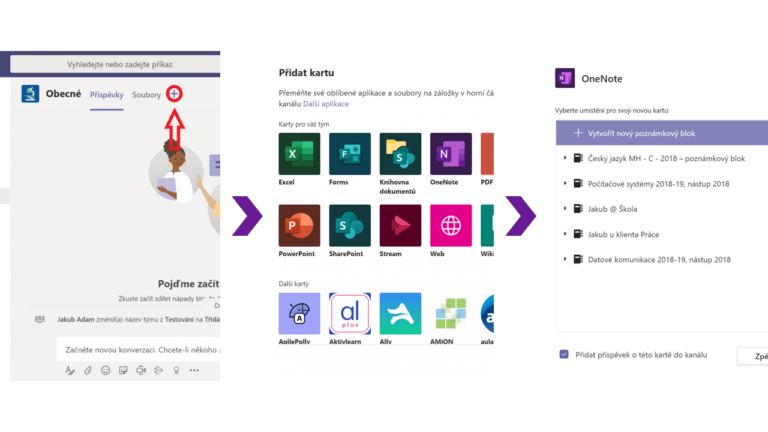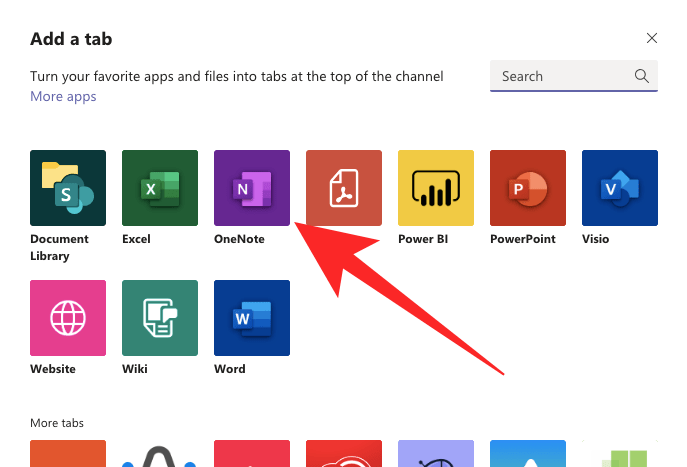

Kernel Migrator for SharePoint is one tool that helps you in SharePoint Migration, including site collections, lists, libraries, workflows, versions, and metadata supporting multiple sources and destinations like SharePoint, Google Drive, One Drive, Microsoft Teams, and Public folders. Backup is an intelligent precautionary measure to save Microsoft Teams data in case it gets deleted accidentally or deliberately. When you are concerned about the security of files in Teams, you certainly need a backup of this data as a precaution. When you do not have permission, you cannot restore the deleted files of the Team.When the library of a file is deleted, it cannot be restored unless its library is restored first.The original file is deleted, then the versions of that original file cannot be restored after it has been deleted.To restore it, you need to add the parent and then try to restore the file deleted. If the parent of the file is deleted, then you cannot restore the deleted file.There are some situations when you cannot restore deleted Team files. Scenarios when you cannot restore deleted files in Team Whenever any file is deleted, it is moved to the SharePoint Recycle bin and stays there for 93 days.


All the files related to the Team channel are stored in SharePoint. Within the Teams, there is a General channel.

As an owner (as you have created the Team), you and other team members can now access the files related to their Team and the SharePoint site. All the files related to the Team you have created are saved on this site. When you create a Team in Microsoft Teams, a new SharePoint site is created automatically. In the present blog, we will discuss how to restore deleted items of Microsoft Teams and OneNote irrespective of the reasons for the deletion of these files. Recently, it has supported hybrid work, and its active users have also increased to around 270 million users per month in the year 2022. Microsoft Teams is purposed for real-time collaboration and communication through various methods like chat, calls, sharing videos, video conferencing, application integration, sharing and storing files, etc.


 0 kommentar(er)
0 kommentar(er)
